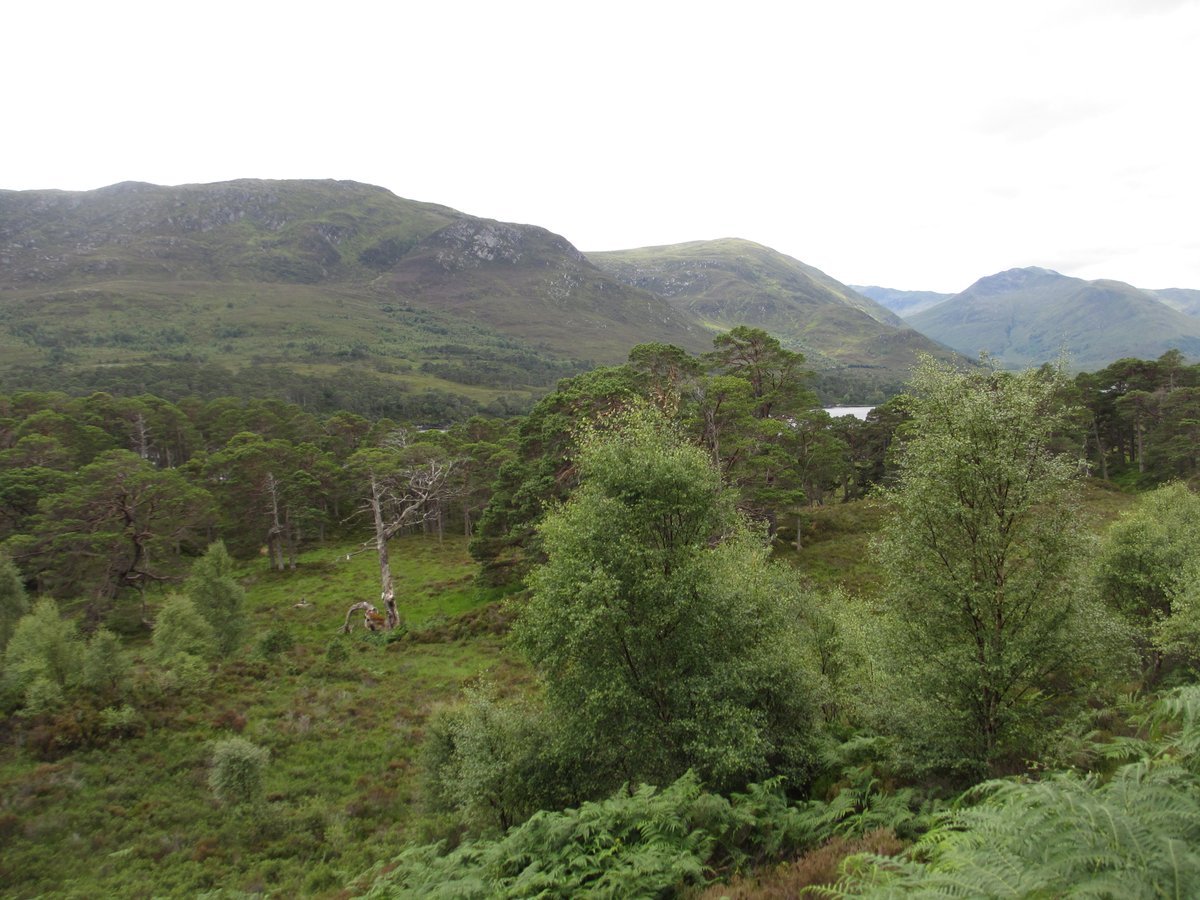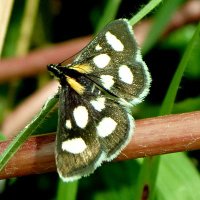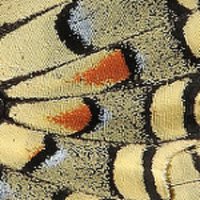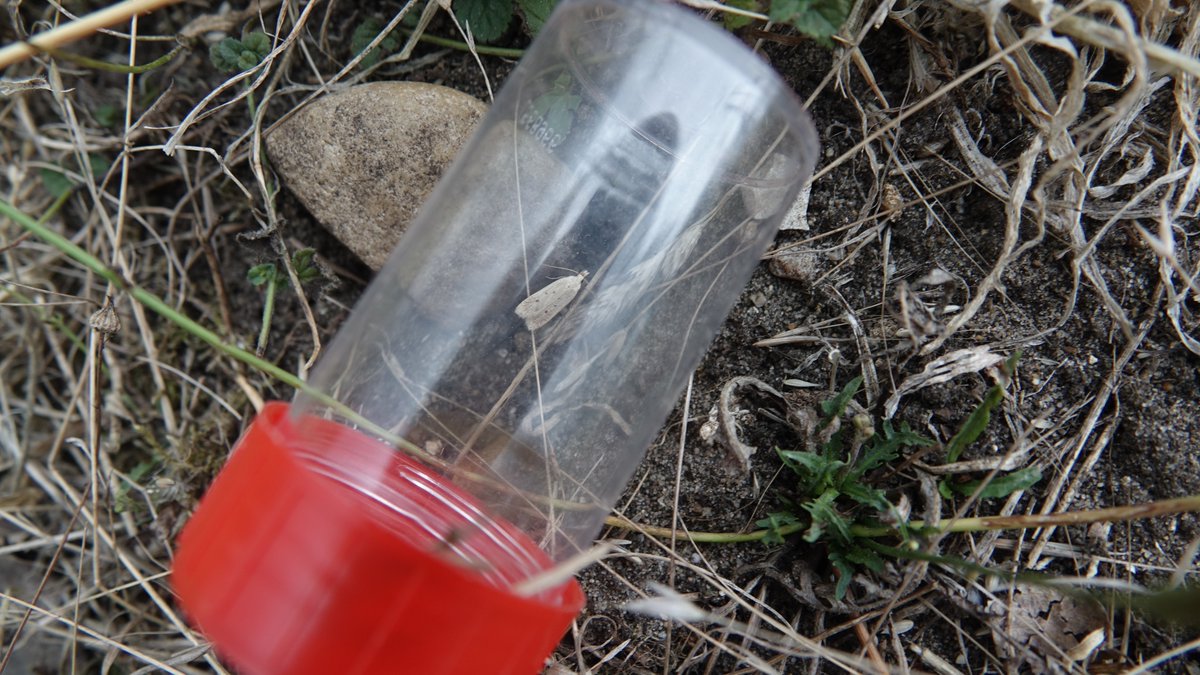
Will Langdon
@willlangdon12
Likes Butterflies (a lot). Plenty of moths and occasional birds too. Biology degree and now studying for PhD with @OxfordEnvRes/@CEROx. He/Him.
ID: 3298700456
https://willsbutterflies.blogspot.co.uk/ 27-07-2015 21:24:50
2,2K Tweet
1,1K Followers
579 Following


Seeking an ecological field assistant with an enthusiasm for outdoor work. Join a project on native woodland regeneration in the Scottish Highlands! Paid opportunity for 2 weeks this summer (23/6-6/7), more info here: naturebasedsolutionsinitiative.org/wp-content/upl… Application deadline 5pm 27th May.


Great to catch up with Richard Fox and see some nice moths at AstonRowantNNR on Monday. Good practice for the walk I'll be leading here for BC Upper Thames on 25th May, focusing on finding moths in their early stages in spring - all welcome! (butterfly-conservation.org/events/an-uppe…).









